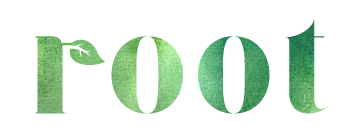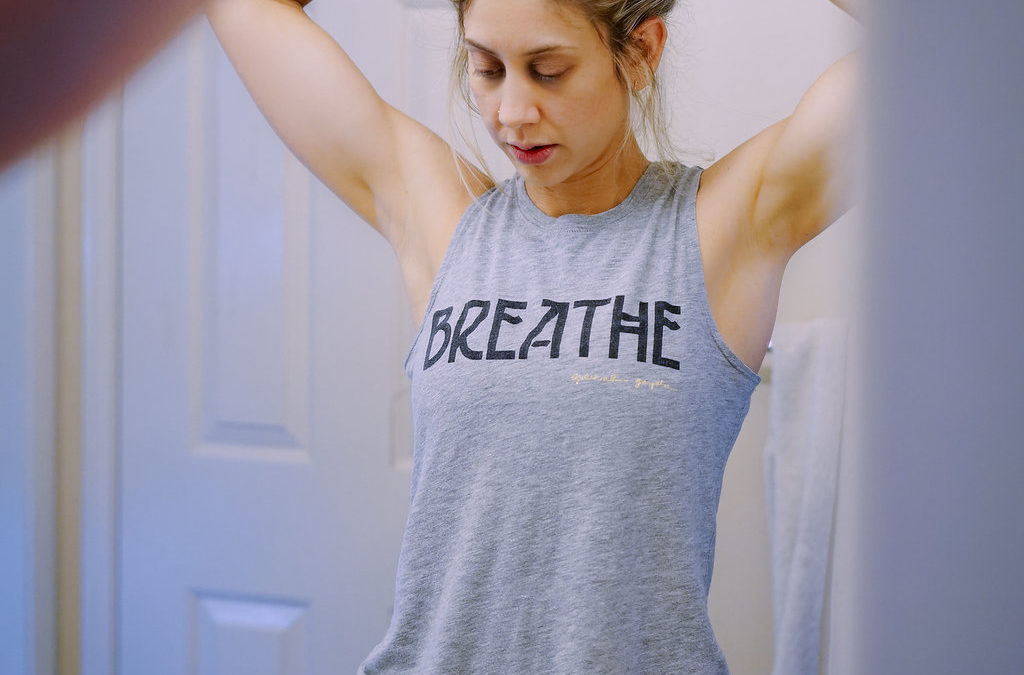I used to think people only trusted perfection so I shied away from getting too personal on my blog and in real life. I know, I know, what’s the point of having a blog if you’re not going to share your personal stories? I was stuck in the habit of fear that sharing my flaws and demons would discredit me. I knew that I needed to be more vulnerable but I also knew that sharing some of my messy truth might make me recoil into my shell.

Making the choice to gradually stop fearing the truth and pain of my own journey.
Instead of going full throttle and posting my entire life story on Instagram, which would feel like a chore, I started small but consistently.
- I first opened up within short Instagram captions. It was a small but safe step since I figured people wouldn’t read the entire thing.
- I then added some personal details on a blog, revealing that I had shingles. My little fingers were shaking as I wrote that but I put it out there into the world.
- Then I began to open up to live crowds like at our “Treat yo’self” event. I shared about my last relationship, struggles with co-dependency and ugly breakup. It was only a short 3-minute story but still a little but critical step to practicing vulnerability. After I spoke, several people thanked me for being so authentic and vulnerable.
I’m gradually integrating this new more vulnerable me into my story by following the rule of little and often. I use this mantra a lot with my clients who are trying to decrease stress, practice mindfulness or change any type of habit.
What is the rule of little and often?
The rule of little and often is about integration and how to develop consistency to gently change our habits. This comes from Jon Kabot Zinn (“the father of mindfulness”). It’s the one sure-fire way to implement change because the more often we do something, the more we’ll integrate that thing into our life and sustainably shift our patterns.
If we’re used to doing something the same way every day, then the only way to shift that behavior is to start doing something small just as often. This will allow the change to feel more like a choice and less like a chore.

At the Bumble Hive LA, opening up in public about my past for the first time. Just a little at a time.
This is similar to the idea of crowding-out, a go-to nutritionist strategy. The premise is simple: Don’t focus on what NOT to do because that can become overwhelming and invoke a “funk-like” state. Think about the last time you tried to drastically change your eating habits over night. “Hangriness” set in immediately and you became grumpy, annoyed and ready to give up, which is what a lot of people end up doing.
A more gentle way is to focus on what you need to ADD in and then gradually crowd out those items or behaviors that are no longer serving you. For example, if you’re goal is to decrease stress, don’t dive straight into an hour long meditation practice or quit your hectic job Jerry Maguire-style. While both are tempting, you might end up frustrated, full of regret and in a funk.
Instead, I recommend that my clients start adding a 2-minute meditation 3 times a week and then see how that feels. Quitting your stressful job may be the right choice eventually, but until you’ve gradually shifted your patterns you won’t know if it was the job or something else that was contributing to your stress.
Little and often, not big and all at once. This can be applied to anything if you follow these simple steps.
1. Notice your Symptoms
How do you start discovering that you need to take a breath or that you’re even in a stressed or sub-optimal state than the one you’d like to be in? Most of the time we don’t even notice that we’re in need of any mindfulness because we are so used to constantly being stressed and no longer view our chronic symptoms as symptoms at all! We basically adapt to that state and stop asking “could I feel differently.”
Little and often asks that once a day you just start paying attention to some of the common symptoms of the habit you want to change. In the case of stress, that could be:
- shortness of breath
- headaches
- neck pain
- drowsiness
- irritability
It’s hard for us to recognize that we’re in a stressed state, but we can definitely recognize when we have a headache or any other types of physical discomfort. And that can be your trigger for taking care of yourself.
2. Connect with your why
You’ll then want to find out why. Find out why you want to reduce your stress levels, this will help you implement the little and often rule. A few common ones for stress are that your health is at risk, you’re struggling at work, or your relationships are suffering. Get really clear with what’s motivating you and why the change is truly needed. This will be your intention that you can tap into to keep you consistent.
Brene Brown talks a lot about this in “Rising Strong”. Identify what you are feeling – that’s the trigger – and then get curious about why you are feeling it. Where does this feeling come from and why do you want to change it?

Checking in with my why to keep me focused on the results.
In the example of my quest for vulnerability, I felt scared each time I thought about telling my story about my Ex-partner. I was scared about revisiting the disappointment of the break-up and even more frightened about what people would think if they knew I had sacrificed my own self-care. The “why”/motivation to change was to more publicly heal from that shame and also show-up more openly for clients and loved-ones.
Knowing your why and being super clear on what’s underneath your desire for a habit change will help you take those little and often steps to healing and habit change.
3. Progressive integration
Now you actually have to do something differently, but again it’s just a little bit of different on a consistent basis. Start by first finding those times in the day where it makes sense to incorporate your new pattern. The best time to practice a new habit is during those little “dead spaces” when you’re usually browsing online or Insta-scrolling through your phone. Do you spend a lot of time sitting in traffic, in between meetings or waiting to shuttle your kids to different activities? You’ll want to capitalize on those moments to try out your new habit.
In the case of reducing stress, use the moments in traffic to practice new breathing techniques. Take a few minutes to notice your breath and the try slowing it down just for a few minutes. This is such a small exercise, but if you do it each time you’re in traffic – which for me is all the time – those moments start adding up.
The same goes for adding more plants and vegetables to your diet. No need to go full-on vegan tomorrow. Instead use your next snack break or time waiting for your Uber to eat a piece of fruit or something with zero animal products.

Getting honest with myself during my in between moments helps me practice my new habit.
For my vulnerability habit, I use my time in traffic to practice sharing my story to myself. I’ll literally talk to myself and say out loud the things I’m most afraid of. I also journal to get my fears out on the page in between virtual coaching sessions with clients.
As you take advantage of these little moments, you’ll start noticing that you’re spending less time on the behavior you were trying to move away from. It’s the consistent implementation that makes you more aware, see results and shift your patterns.
This is where we move from chore to choice. That’s a shift in perspective so that you are choosing to focus on your self-care instead of getting in the funk of feeling like you’ve included another chore to your growing list.
When we’ve been doing something or thinking something for 10 – 20 years, like me and my fear of vulnerability, it will take a lot of constant gentle shifts in the opposite directions to make these new changes stick. You don’t have to undo everything – no all at once life overhauls here. It’s all about the moment, taking advantage of it to incorporate a small new shift and then being grateful that you did.


Recent Comments